拉曼光谱系统
Raman Pocket Spectrometer
Focus on professional testing in multiple fields and fill the gap in on-site high-precision testing
- Deep refrigeration technology enables high detection performance
- Highly integrated, portable and easy to use
- Multi-wavelength coverage, suitable for a wide range of scenarios
- High stability and durability
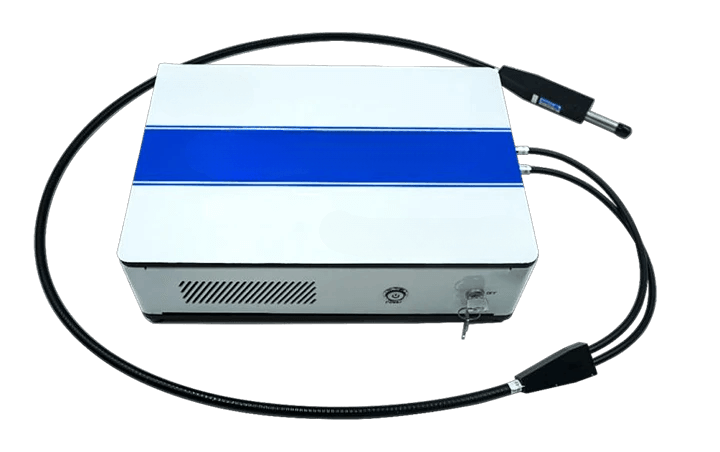
Raman Pocket Spectrometer
- Outstanding weak signal detection capability: Compared with traditional 532nm Raman spectrometers, the sensitivity is significantly improved, enabling the capture of cell-level weak signals, making it suitable for the analysis of trace substances or samples with low signal intensity.
- Strong stability: The laser power stability is ≤3% P-P (@2hrs), and deep cooling (-25℃) effectively reduces dark noise, ensuring objective and accurate detection results with good repeatability.
- Portability adapts to on-site scenarios: The compact size and lightweight design facilitate its use in outdoor or mobile scenarios such as raw material screening and on-site detection.
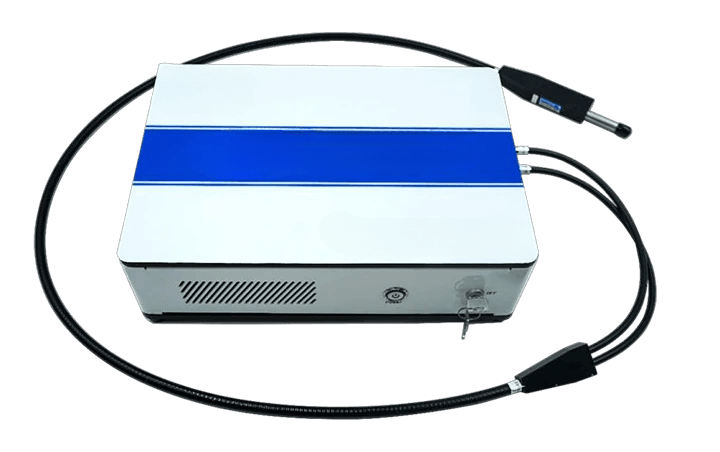
Raman Pocket Spectrometer
- Widest spectral coverage: The spectral range of 200-3200cm⁻¹ can cover the characteristic Raman peaks of more substances, suitable for the detection of various types of samples.
- High sampling flexibility: A variety of dedicated accessories support the detection of samples in different states such as solids, powders, and liquids. The optical fiber has strong protection, making it suitable for complex on-site environments (such as vibration and slight pulling scenarios).
- Stability suitable for teaching and scientific research: Stable spectral response, laser power fluctuation ≤3% P-P (@2hrs), suitable for optical experiment teaching in colleges and universities and basic Raman principle research in scientific research institutions.

Raman Pocket Spectrometer
- Optimal balance between sensitivity and fluorescence suppression:
The 785nm near-infrared wavelength not only retains high sensitivity (capable of detecting cell-level signals) but also significantly reduces fluorescence interference from organic samples, making it the preferred choice for "universal" applications.
- Customizable resolution: Supports ~3.5 cm⁻¹ high resolution (with custom slits), suitable for scenarios requiring high peak position resolution (such as fine analysis of pharmaceutical ingredients).
- High power adapts to strong demands: 0-500mW adjustable power can enhance signal intensity for highly scattering and thick samples (such as meat and tumor tissues), ensuring high detection efficiency.
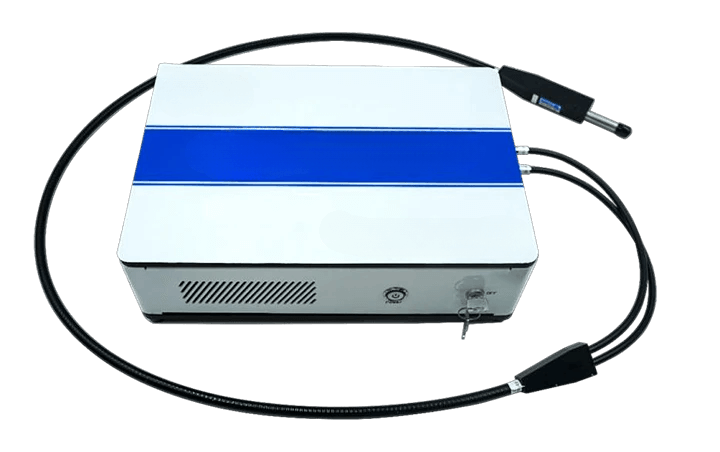
Raman Pocket Spectrometer
Minimum fluorescence interference: 1064nm long-wavelength near-infrared light can avoid the fluorescence emission range of most substances such as glass and biological tissues, allowing direct detection of high-fluorescence samples (e.g., Chinese herbal pieces, dyes).
Strongest penetrability and environmental adaptability: It can penetrate packaging materials (no need to unpack for detection), with an operating temperature of 0-50℃, and can be stably used in high-temperature on-site environments (such as industrial workshops, outdoor areas in summer).
Little damage to biological samples: Long-wavelength photons have low energy, causing little damage to biological tissues (e.g., tumor sections, plant cells), making it suitable for the detection of living or fragile biological samples.
VenusLab R532 Raman Probe
Standardized Raman detection accessories compatible with 532nm lasers
- Precise wavelength adaptation
- Flexible structural design
- Strong environmental adaptability with a wide temperature and humidity range
- High operational reliability and convenient maintenance.
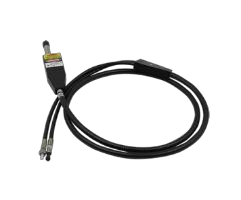
VenusLab R532 Raman Probe
Equipped with complete pigtails and conventional interface configurations, the combiner is protected by armor.
It is suitable for scenarios such as Raman spectroscopy analysis and material characterization in scientific research laboratories that require standard optical fiber connections.

VenusLab R532 Raman Probe
Add an electrical triggering function to meet the needs of experimental or industrial testing scenarios that require trigger control.
It is used in scenarios such as industrial online monitoring and dynamic analysis of biological samples that require timed and triggered Raman detection.
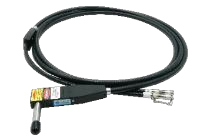
VenusLab R532 Raman Probe
A Raman probe with customizable interface, operating temperature and humidity of -20℃-80℃/5%-80%, and high coupling efficiency.
It is suitable for conventional Raman spectroscopy detection scenarios such as material analysis and chemical substance identification in the scientific research field, as well as food and drug testing and cultural relic identification in the industrial field.
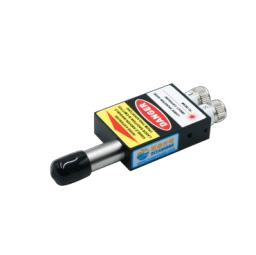
VenusLab R532 Raman Probe
No pigtail, with a more compact structure.
It is suitable for industrial automation testing or customized instrument development scenarios where Raman probes need to be integrated into large-scale equipment and there is no demand for optical fiber connections.

